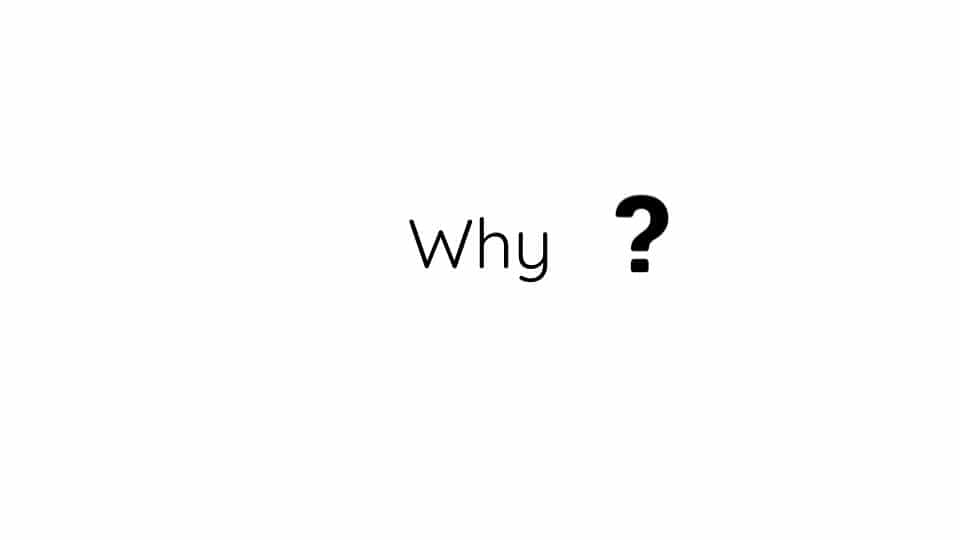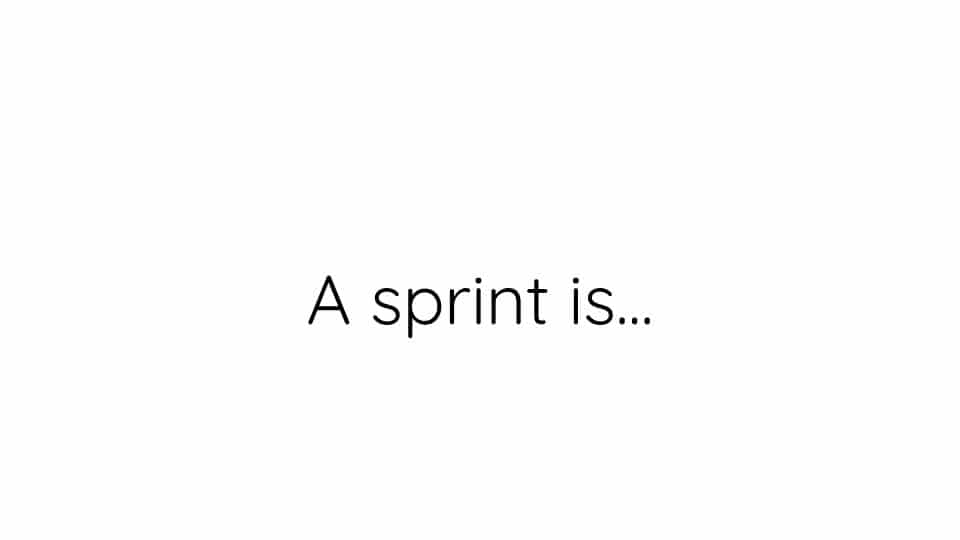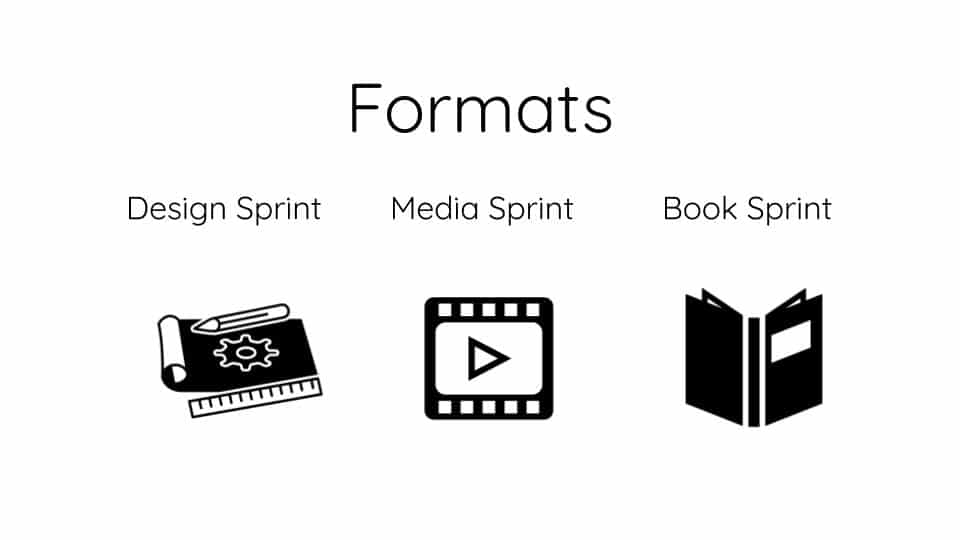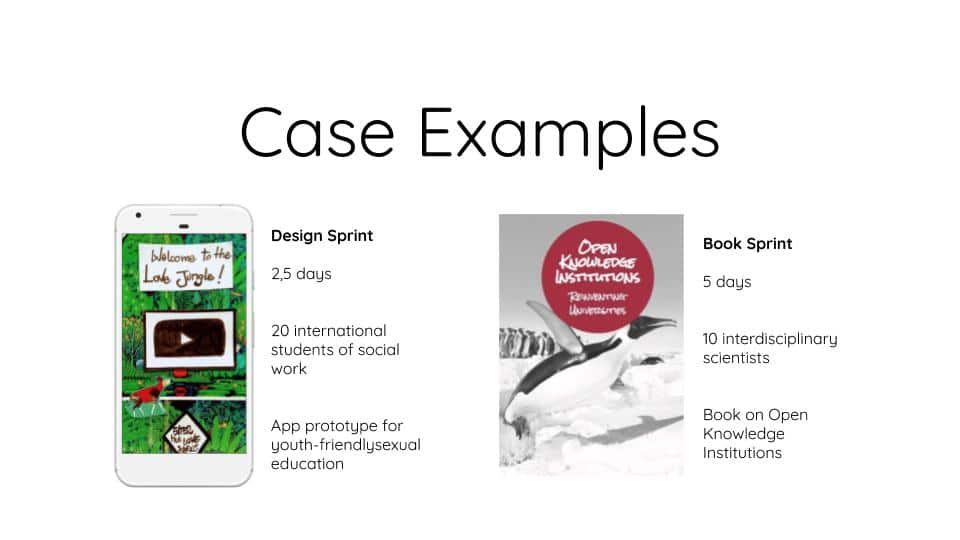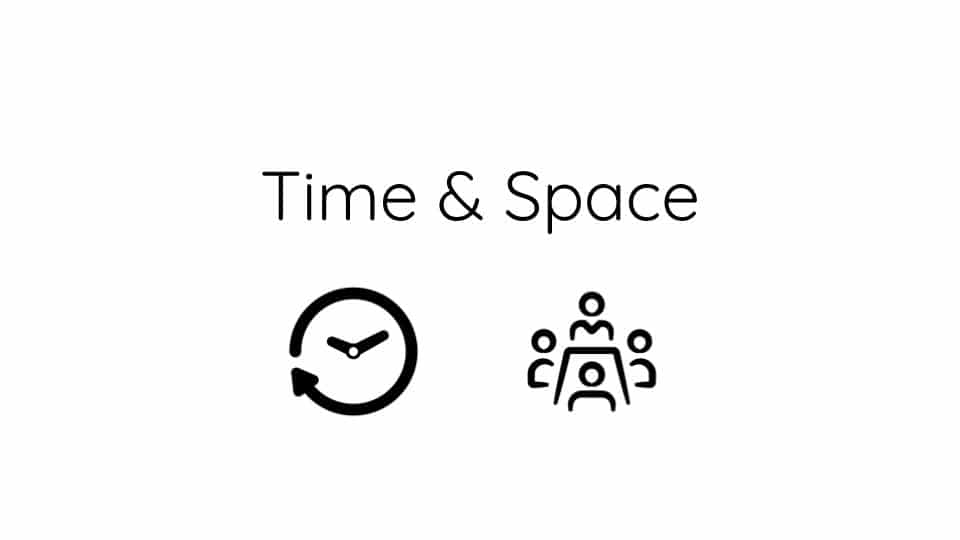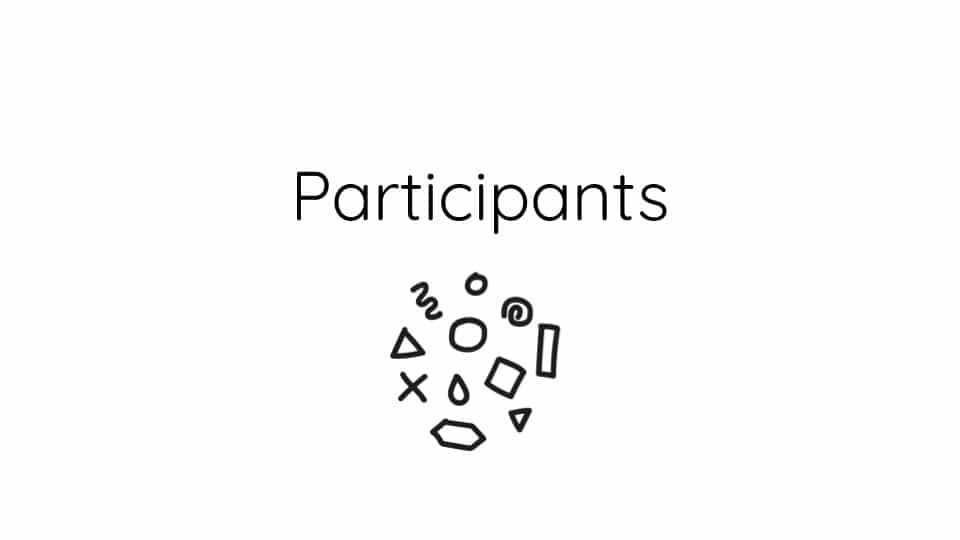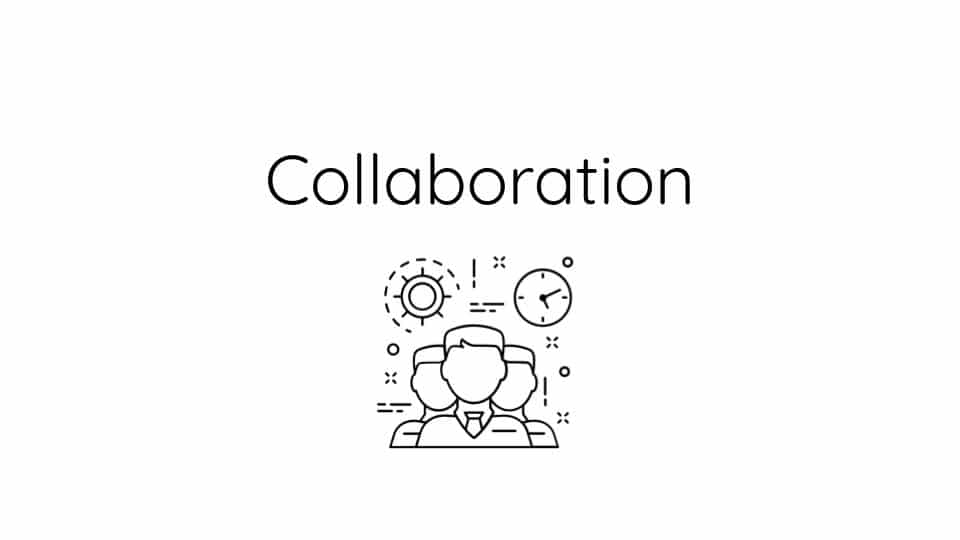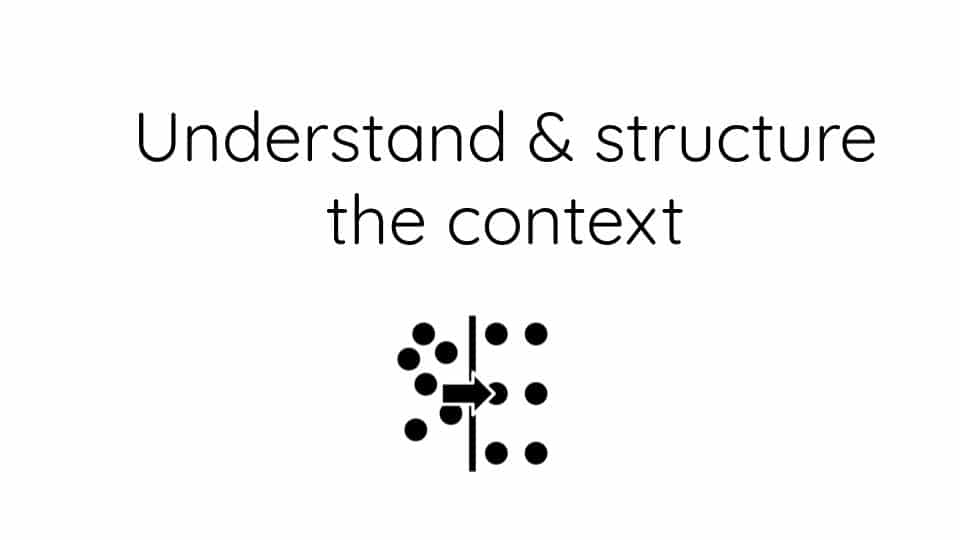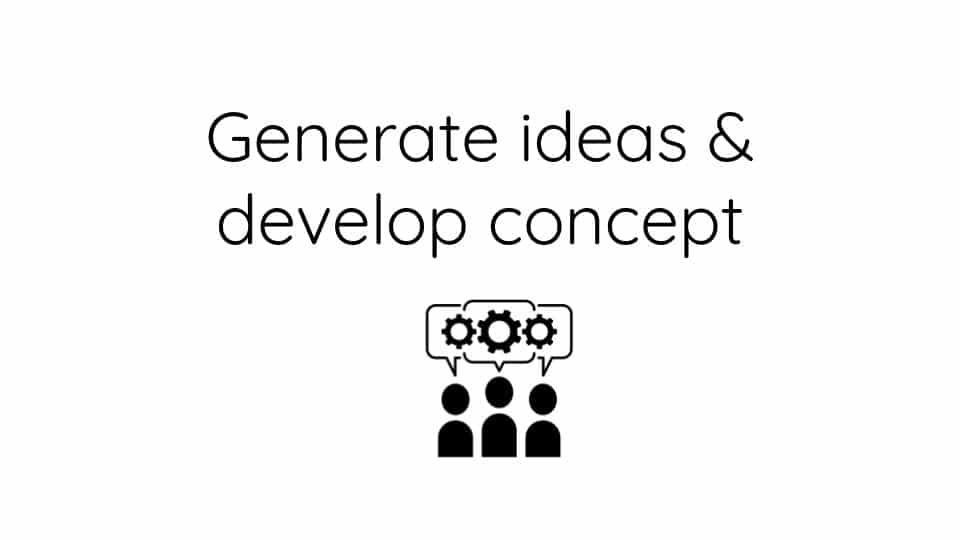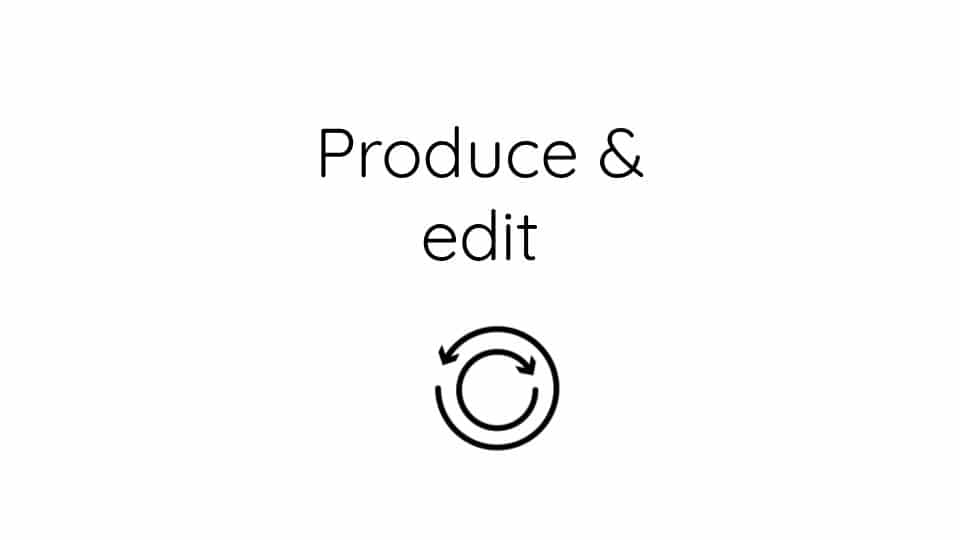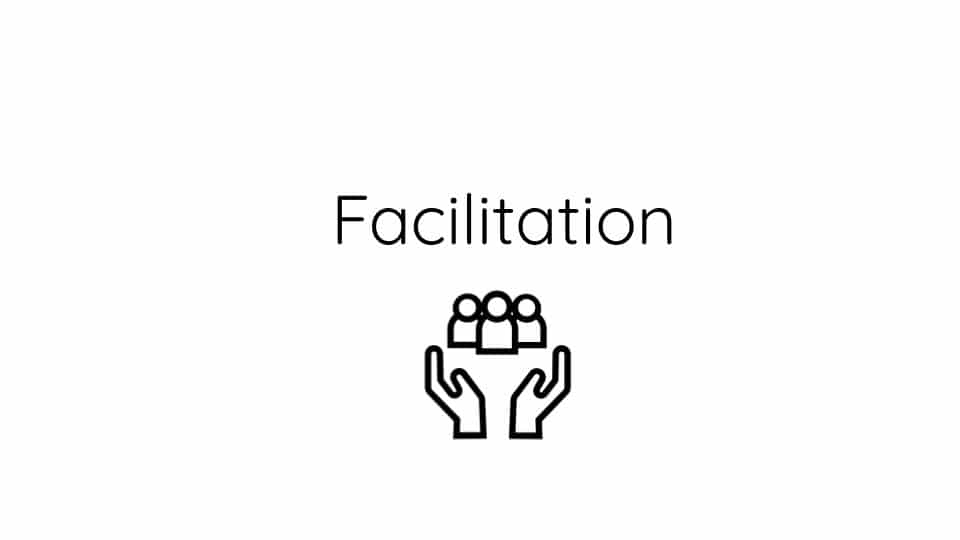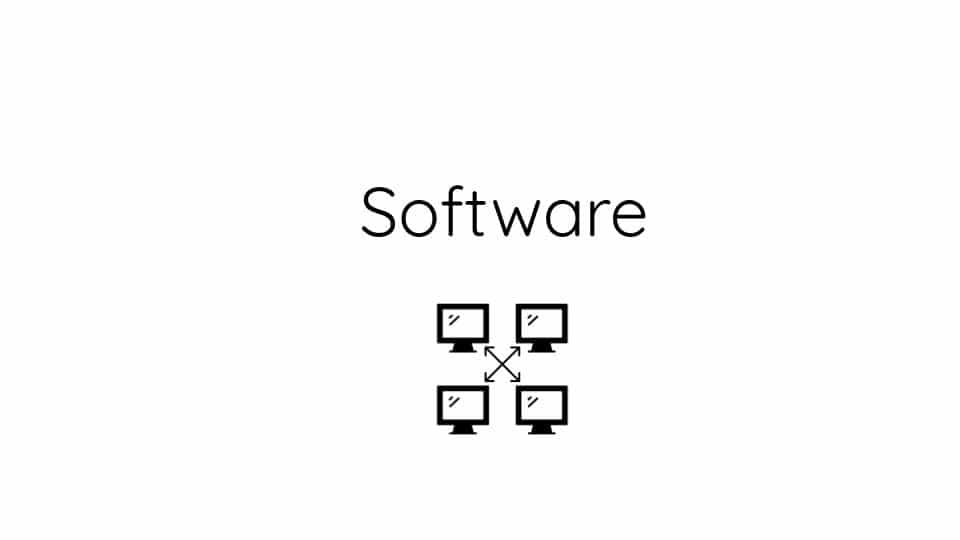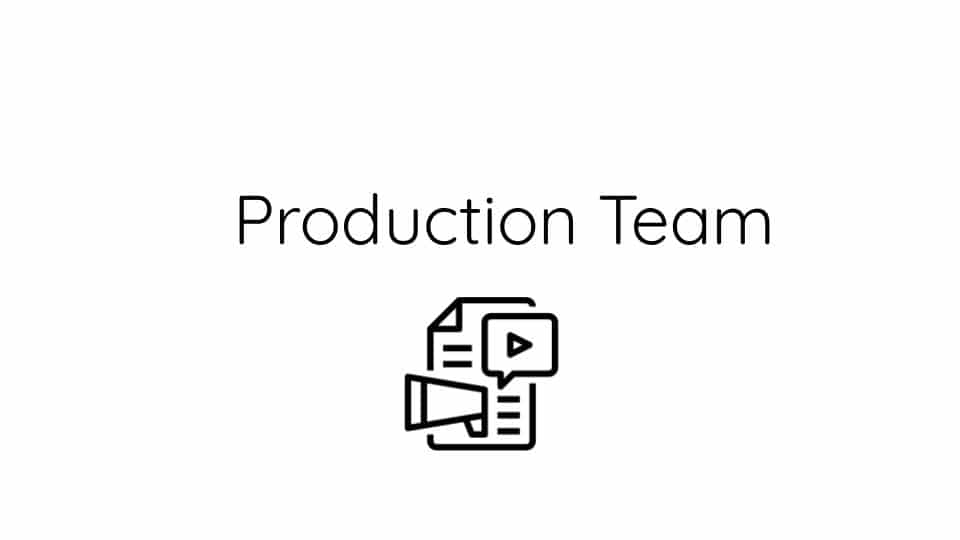Different sprint methods explained in five minutes
Every year, the Forum of Digitalization in Higher Education (HFD) in Germany organizes a summer school for teachers, scientists and academic staff to exchange their experiences in interactive formats. They learn from and with one another how the digitization of teaching and learning can be designed and promoted at their universities. Our facilitator Karina Piersig was invited to hold a lightning talk on Sprint Methods (see the recording here). She was literally sprinting through the presentation, since she was challenged to reduce her talk to 5 minutes and 15 slides that automatically switched every 20 seconds. We share the slides and presentation with you here:
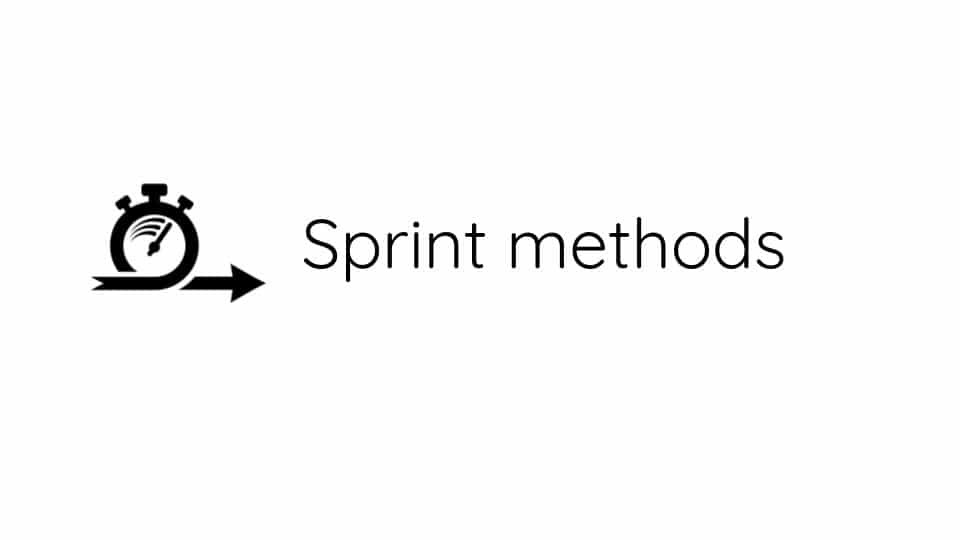
I am Karina and in my lightning talk I will bring form and content together. It will be on sprint methods. One might quickly wonder why the hurry? An obvious answer is that sometimes things have to be done quickly. Our working and living environments are changing rapidly. Content is then quickly outdated.
Why still? There are also other reasons. In large institutions knowledge is often distributed among several experts and departments. There are hardly any structures for organisation-wide exchange. Therefore, knowledge gets lost. In a sprint, this distributed knowledge is bundled. A sprint is about time management, and also about knowledge management.
What do I mean by a sprint? An attempt at definition:
… a temporary, collaborative process where as diverse a group as possible bundles different perspectives, creates consensus on a topic, produces shared knowledge and shares it in different formats with others.
A sprint can result in different knowledge containers or formats. In a design sprint, various prototypes are developed. In a media sprint, for example, video tutorials are created. In a Book Sprint, for example, research or project results are written up.
Every year, in my sprint methods seminar, we do a design sprint with the students. They collect ethnographic data during the semester, and analyze a problem area. In the end, we develop a solution for this specific context. Another example is a Book Sprint that was taking place at Curtin University. A group of scientists locked themselves up for a week and wrote up their expertise on the topic of open knowledge institutions.
One book in a week. Is that possible? Yes it is. A sprint lasts from a few hours to several days. It usually takes five days to produce a really utilisable result. A sprint is like a retreat. It is important that people are in a room and really get involved. And the common deadline is the engine.
The group should be as diverse as possible. Let’s say a sprint creates the instruction design for a new online learning module. Then there would be the scientific staff, the course coordinator, but also people from the IT, media didactics, communication and, above all, students for whom the module is designed.
As I said, it’s a collaborative process. So, it’s not that the participants agree on a structure in the beginning and then work packages are put together. And then everyone does their part for themselves. Rather, everyone’s ideas and contributions are merged with those of others to a coherent whole.
This process has several phases. First, the knowledge of the experts and the needs of future users are collected using explorative methods and made visible, i.e. written down or visualized. This collection is then clustered and categorized, thus transferred to an overarching mindmap.
Based on this theoretical framework – the mind map – ideas are then formulated and compared with one another using various creative and writing techniques. It is a very iterative process. And so the group gradually approaches a common concept for its end product.
Then it gets hands on very quickly. First prototypes are built, text passages are written or storyboards are created. It is about continuing the abstract discussion on the concrete material. The moment something is out of your head, you can pass it on to other hands for editing and revising. Each material block goes through several hands during a sprint. So you can break up the idea of ownership of the text and gradually create a shared voice.
In order for such a process to work, it takes a few things. Above all, good process support is required. A neutral person in the room who moderates the process in a methodologically sound manner.
In addition, there should be software in which people work together. A software that supports this collaborative process. These are shared files, co-authoring tools, design software and the like, and they should be set up and tested beforehand. The venue should have good WiFi.
Ideally, there is a production team that accompanies the sprint and supports the group. People who e.g. quickly create illustrations from the group’s ideas and give them back to the process. Or who are trained in editing and are neutral to the topic. This team can also work remotely. It works on the shared document via the software and is coordinated by the facilitator.
In short, why should you do sprints? Because they produce results fast. And because sprinting is a collaborative process that mobilizes knowledge. After a sprint, people go back to their locations and take the shared knowledge back there. The knowledge spreads. And above all, it’s a lot of fun.
Thank you very much 🙂

